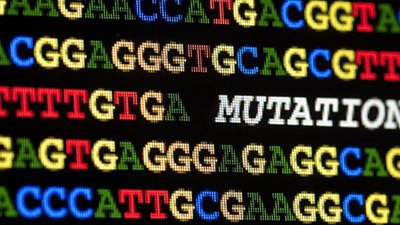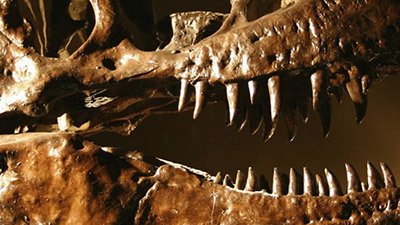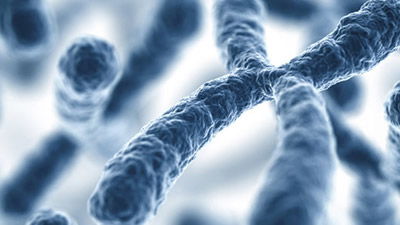Dr. Kevin Anderson Articles
Resources by Dr. Kevin Anderson
Latest Articles by Dr. Kevin Anderson
-
May 1, 2019 from Answers Magazine
In their effort to explain how life began, evolutionists often must bend fundamental scientific principles.
-
Dec. 15, 2017 from Answers in Depth
The presence of tissue, cells, and proteins remaining in dinosaur fossils poses a direct biochemical challenge to the standard geologic dating paradigm.
-
April 17, 2017 from Answers in Depth
A recent study of the salivary mucin-7 gene (MUC7) demonstrated there was genetic variation of this gene among different primate species.
-
Nov. 1, 2016 from Answers in Depth
The recent report of a 1.5-billion-year-old fossil1 has brought attention once again to the alleged evolution of multicellular systems.
-
Oct. 20, 2016 from Answers in Depth
Despite a large body of evidence for the authenticity of the dinosaur tissue, there remains a pattern of denial within the evolutionist community.
-
Oct. 9, 2016 from Answers Magazine
For more than a century Christians have looked for the scientific silver bullet that would destroy Darwinian evolution and prove biblical creation to be true.
-
In-Depth ArticleJust How Random Are Mutations?Aug. 18, 2016 from Answers in Depth
Changes to the sequence of nucleotides (e.g., mutations) can alter the genetic information of the organism, which, in turn can alter its physical features
-
In-Depth ArticleHow Are New Genes Made?April 21, 2016 from Answers in Depth
Evolutionists conclude “the birth of new genes is an important motor of evolutionary innovation,” but how are new genes made?
-
Technical In-Depth ArticleAnalysis of Barry Hall’s Research of the E. coli ebg OperonJune 3, 2009 from Answers in Depth
Much research has been done on the ebg operon of the bacterium Escherichia coli over the last 30 years. specific mutations within this operon enable the bacterium to metabolize lactose.
PDF Download -
Technical In-Depth ArticleA Creationist Perspective of Beneficial Mutations in BacteriaMay 27, 2009 from Answers in Depth
Creationists have tended to offer an inconsistent or incomplete perspective of “beneficial mutations” within a creation framework.
PDF Download -
The Wonderful Unscientific Teachings of ChristianityFeb. 26, 2009
It has always been an interesting historical point that the contemporary creation movement began not in the pulpit, but in the laboratory.

Answers in Genesis is an apologetics ministry, dedicated to helping Christians defend their faith and proclaim the good news of Jesus Christ.
- Customer Service 800.778.3390
- © 2024 Answers in Genesis










